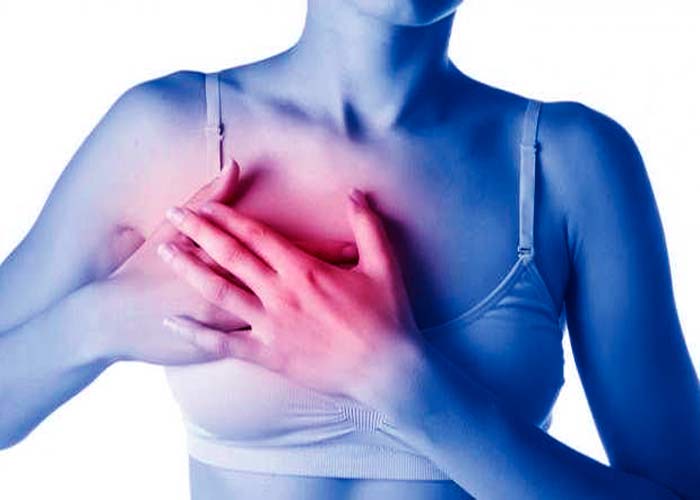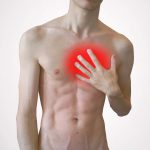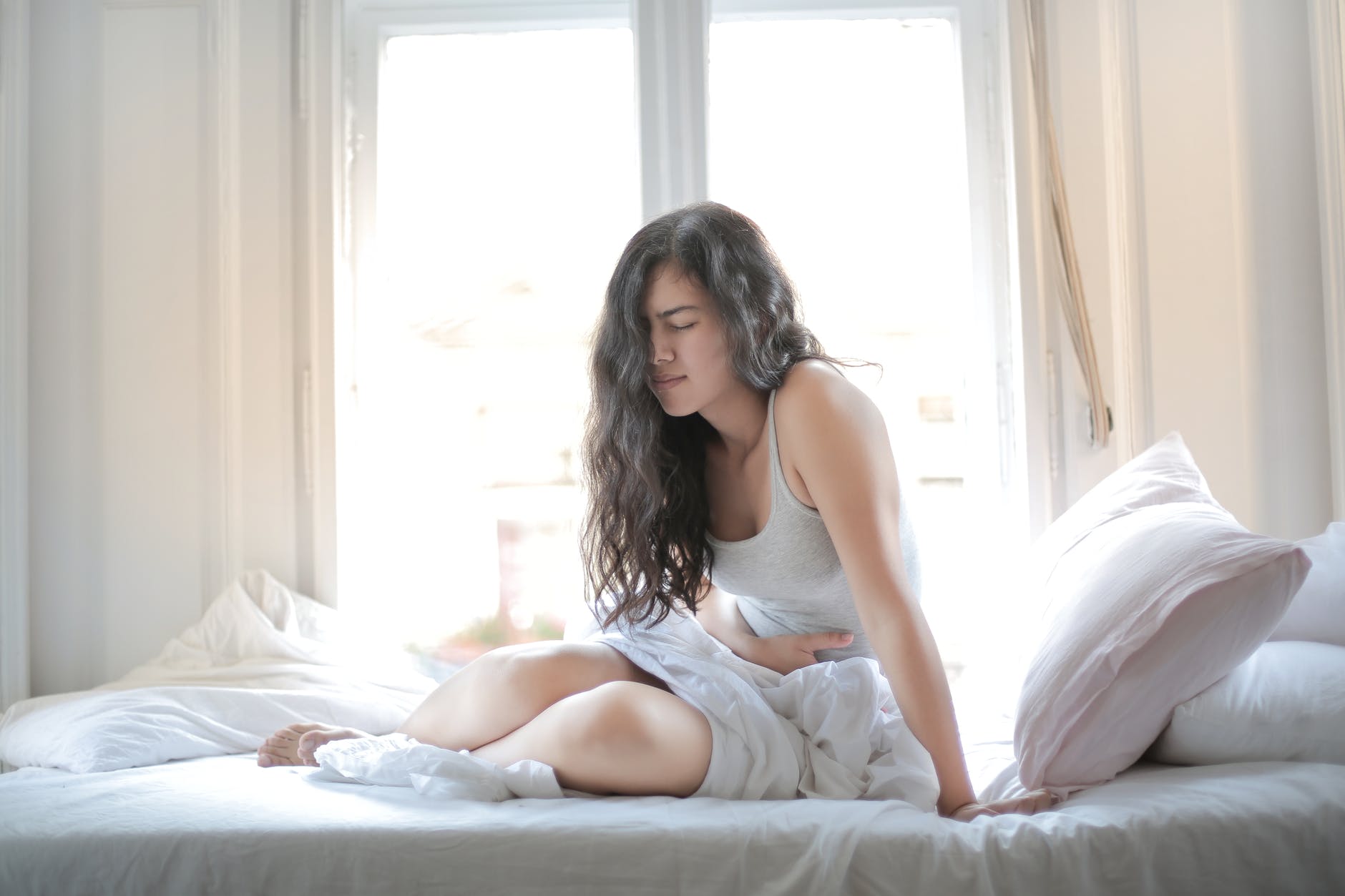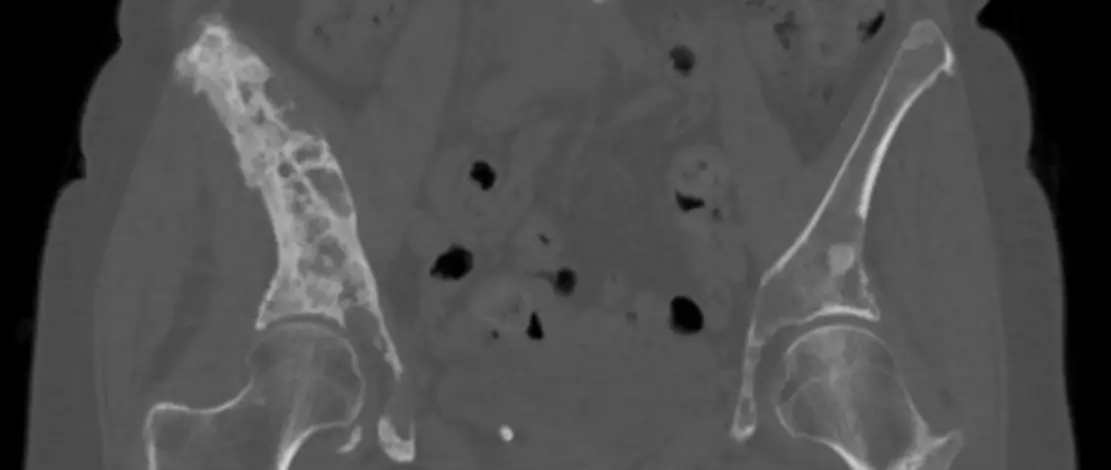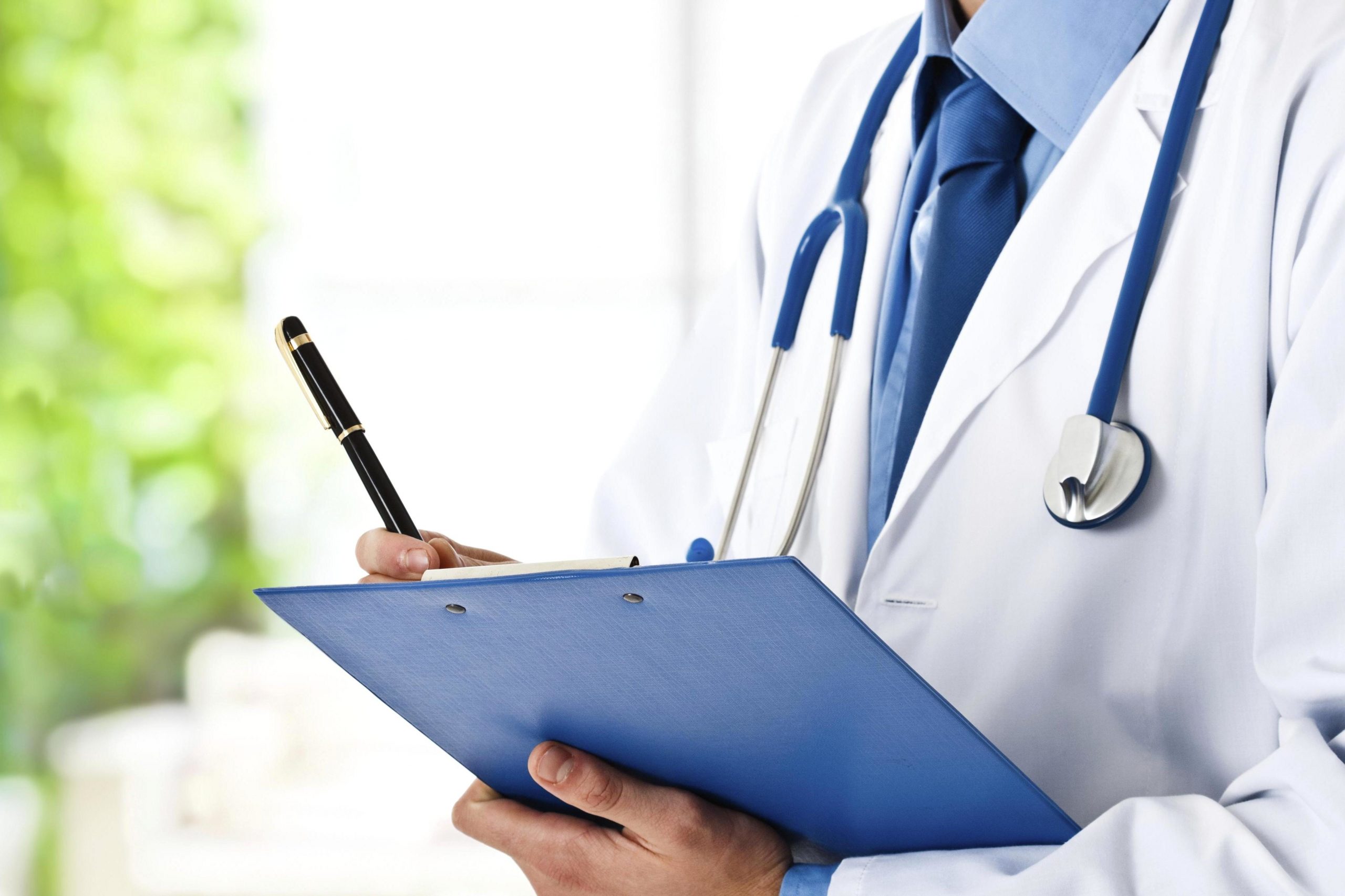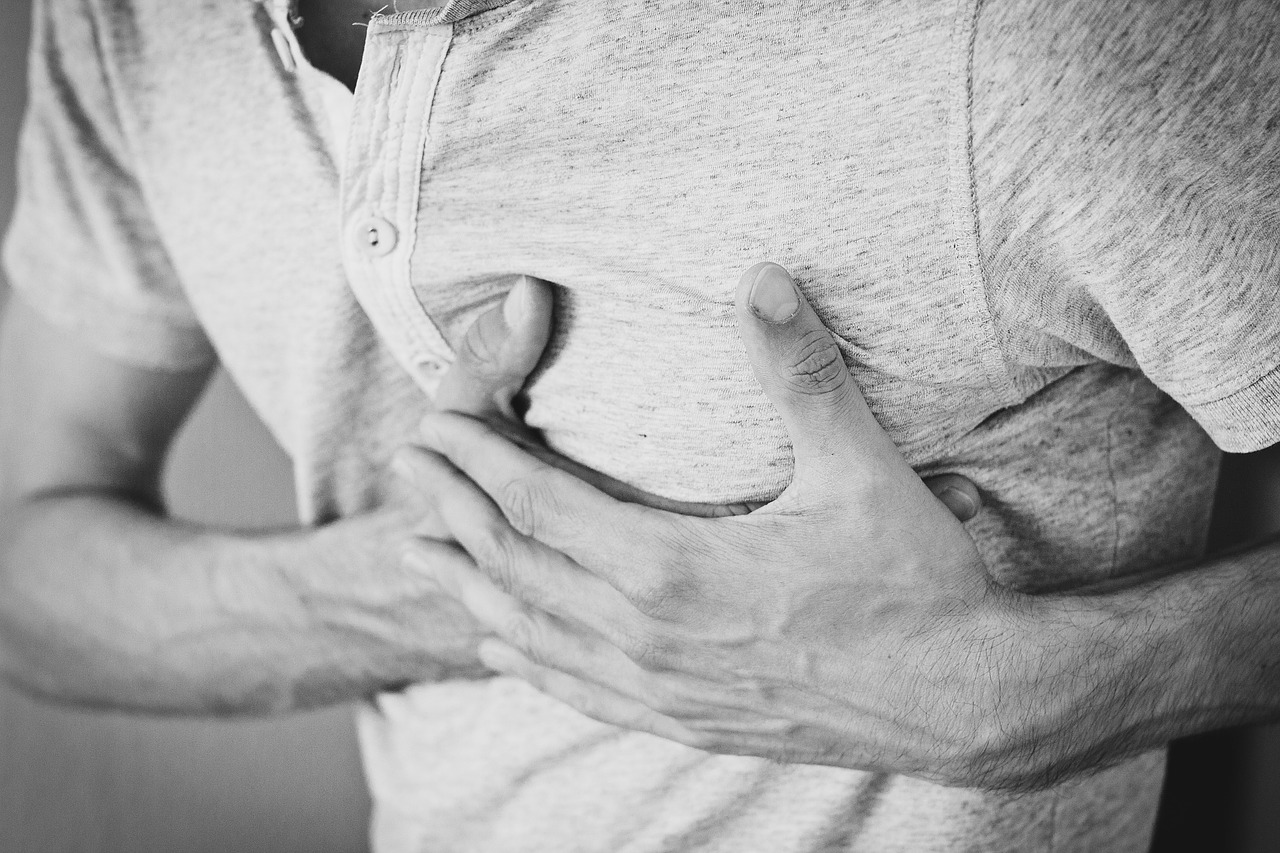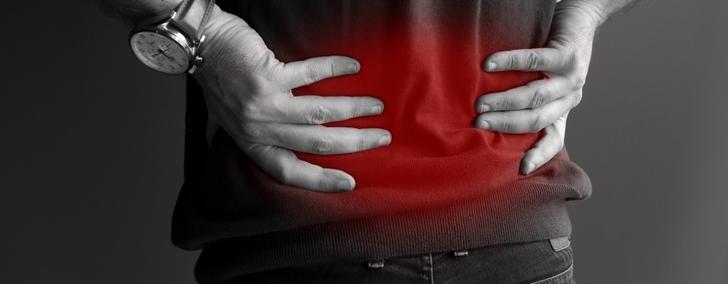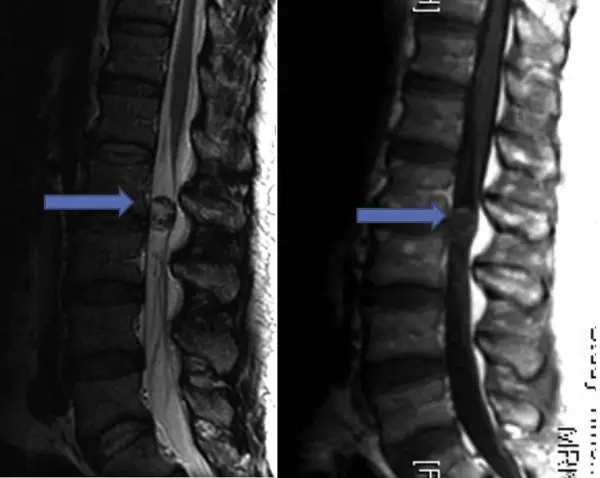Breast pain, also called mastodynia or mastalgia, is very common and affects around 70% of women. The causes of this pain can be varied. In some cases, these are simple hormonal variations, while in others, they can be more serious pathologies ranging from a simple infection to breast cancer.
In this article, we will discuss 12 causes to think about when faced with breast pain, how to specifically recognize each of its pathologies and most importantly, how to manage breast pain.
Definition
Breast pain is a common symptom in women. They are generally linked to the hormonal cycle. They can be mild, moderate or severe, be constant or occur only occasionally.
Breast pain occurs as a result of an inflammatory condition that increases the sensitivity of breast tissue and breast skin. These pains can be felt in several forms: tenderness, painful sensation in the nipple, swelling, heaviness, throbbing, cramps, burning, shooting or burning pain, painful lump in the breast.
There are generally two types of breast pain: cyclic breast pain (related to the menstrual cycle) and non-cyclic breast pain.
- Cyclic pain : This type of breast pain is the most common and is found in women under the age of 35. This pain is the result of hormonal changes that occur before or during menstruation. It is present in both breasts and is characterized by great tenderness in the chest and armpits. The pain may become more severe before menstruation and it subsides just after the flow of these.
- Non-cyclic pain : Breast pain can also be triggered by other factors besides hormones. This type of pain is common in women over the age of 35. Some patients describe it as a burning sensation in the chest. The main causes of noncyclic pain are tumors (fibroadenomas or cysts, etc.).
12 possible causes of breast pain
-
Puberty
The adolescent can feel pain in the breasts from puberty. This is due to the growing breast tissue causing muscle contractions.
-
Menstruation and premenstrual syndrome (PMS)
Breast pain or hormonal mastodynia is part of premenstrual syndrome, which is a very common syndrome. Indeed, from ovulation, the breasts increase in volume. Premenstrual breast tension is therefore an indicator of the cyclical functioning of women and simultaneous transformations of the internal structure of the breast. These pains are not then isolated and belong to a picture of ovarian dysfunction with hyper estrogenism.
The signs that may be associated in this context are: disturbed menstrual cycles (too long or too short); of the menorrhagia (blood loss outside the menstrual period); rapid weight gain; mood disorders and pelvic pain.
-
Pregnancy
As mentioned above, the increased production of estrogen and progesterone during the second part of the menstrual cycle can make breasts sore in some women. During pregnancy, these hormones are produced in increasingly large quantities. This causes an increase in the mammary glands as well as fatty tissue in the breasts. These hormones also cause an increase in blood flow to the breasts.
This results in a feeling of heaviness and hardening of the breast and increased sensitivity of the skin. This skin, which is thin and fragile, stretches, which contributes to the discomfort felt.
-
feeding
Problems that lead to breast pain in breastfeeding women range from sore or cracked nipples to mastitis.
- Sore or cracked nipples
When pain appears during the first days of breastfeeding and it persists, it is generally due to poor positioning of the baby. These pains can be accompanied by redness, cracks or cracks.
- Breast engorgement
The breasts can become engorged when the milk comes in, when the baby drinks less than usual or if the mother produces too much milk for her needs. The breasts become heavy, bulky, hard and sometimes painful.
- Nipple thrush
Thrush is caused by a fungus. It can affect both mother and baby. The mother may feel pain in the nipple or inside the breast (the feeling that her breast is pierced by needles). The nipple may be cracked and red or show no particularities.
- Blocked milk duct
If the breast stays full for too long or is squeezed (eg by a bra), a milk duct can become blocked. This causes pain and sometimes a lump on the breast.
- Mastitis
Mastitis is an infection caused by bacteria. It occurs if the mother has breast injuries (cracks) or prolonged engorgement. In addition to breast pain, the mother has an infectious syndrome (fever, chills, muscle pain). The breast may be lumpy, hard, red and sore. Mastitis can progress to a breast abscess.
-
Menopause
Breast pain in menopause is caused by hormonal changes.
-
Fibrocystic breast changes
A hormonal imbalance can cause cysts to form in the breasts. A breast cyst is a fluid-filled sac that builds up in the tissues of the breast. It is the most common benign tumor in women between the ages of 35 and 50.
Although breast cysts are benign, these firm nodules are accompanied by pain, redness and discomfort. Diagnosis is made by palpation of the breasts. It is a smooth, soft mass that moves very easily through the tissues. The cyst may become large and tender just before your period, then become small and less tender once it is over.
Also, fibrous tissue can form in the breasts. The breast tissue takes on a scarified or knotty texture in addition to the presence of the cyst. This is called fibrocystic breast change.
-
Fibroadenoma
Fibroadenoma is a benign tumor that causes breast pain. It is characterized by a small lump in the breast, made up of fibrous tissue and glandular tissue. We note that it affects more young women who have dense breasts, with a significant proportion of fibro-glandular tissue compared to fatty tissue. The appearance of an adenofibroma is not linked to hormones but its size can vary under their effect.
-
Breast cancer
Breast cancer being the most common cancer in women, we cannot talk about breast pain without mentioning it.
In general, the development of breast cancer does not cause symptoms, but a small number of women may experience pain in the breast and armpit area.
breast cancer results from a disorder of certain cells that multiply and form a malignant tumor.
What to do in the face of breast pain?
- In the event of sore or cracked nipples during breastfeeding, the mother can place a few drops of breast milk on her nipple at the end of the feed or apply a lanolin-based balm.
- To avoid engorgement, make sure the baby has a good latch. You also need to make him breastfeed more often (8 to 12 times a day). The mother can also express her milk to relieve the discomfort.
- To reduce swelling and pain, ice can be applied to the breast between feedings.
- The treatment of nipple thrush is done in both mother and child to avoid recontamination. Over-the-counter medications such as balms containing antifungals (clotrimazole, miconazole) are used. If there is no improvement after five days, it is best to consult a doctor.
- To free a clogged milk duct, it is necessary to: breastfeed more often, apply a source of heat to the breast before breastfeeding, gently massage the breast while the baby is suckling.
- In case of mastitis, apply the same measures as before: empty the breast by increasing the number of feedings per day or by expressing milk; do not worry because the milk is still good despite the mastitis.
- To calm the pain, it is advisable to apply cold to the breast between feedings. If symptoms persist after 12 hours, a doctor should be consulted as antibiotics may be required.
- When it comes to breast cysts, most go away without treatment. If a cyst is very large or does not go away on its own, the doctor may use a fine needle biopsy to remove the fluid inside the nodule. He can also perform cyst excision surgery if it recurs or if it is very large and painful.
What to do in front of a fibroadenoma of the breast?
Once the diagnosis of fibroadenoma has been made, treatment most often consists of monitoring the mass every 6 months or 1 year. Since the fibroadenoma is benign, it is not necessary to remove it if it is small and painless, and that it does not disturb the patient because the lesion can resolve itself.
Surgery is necessary in three situations:
- If fibroadenoma rapidly increases in size and deforms the breast
- If it is very painful and bothers the patient
- If a change in the appearance of the mass is observed during a control ultrasound.
The management of breast cancer is a complex process that requires the advice of specialists, oncologists, radiologists, etc.
References
- https://www.santemagazine.fr/sante/maladies/maladies-gynecologiques/7-raisons-qui-expliquent-les-douleurs-aux-seins-337808
- https://www.avogel.ca/blog/fr/9-raisons-pour-expliquer-la-douleur-aux-seins/index.php
- https://www.mayoclinic.org/diseases-conditions/breast-pain/symptoms-causes/syc-20350423
- https://www.webmd.com/breast-cancer/benign-breast-lumps
- https://naitreetgrandir.com/fr/etape/0_12_mois/alimentation/fiche.aspx?doc=allaitement-problemes-courant
If you liked the article, please share it on your social networks (Facebook and others, by clicking on the link below). This will allow your relatives and friends suffering from the same condition to benefit from advice and support.

